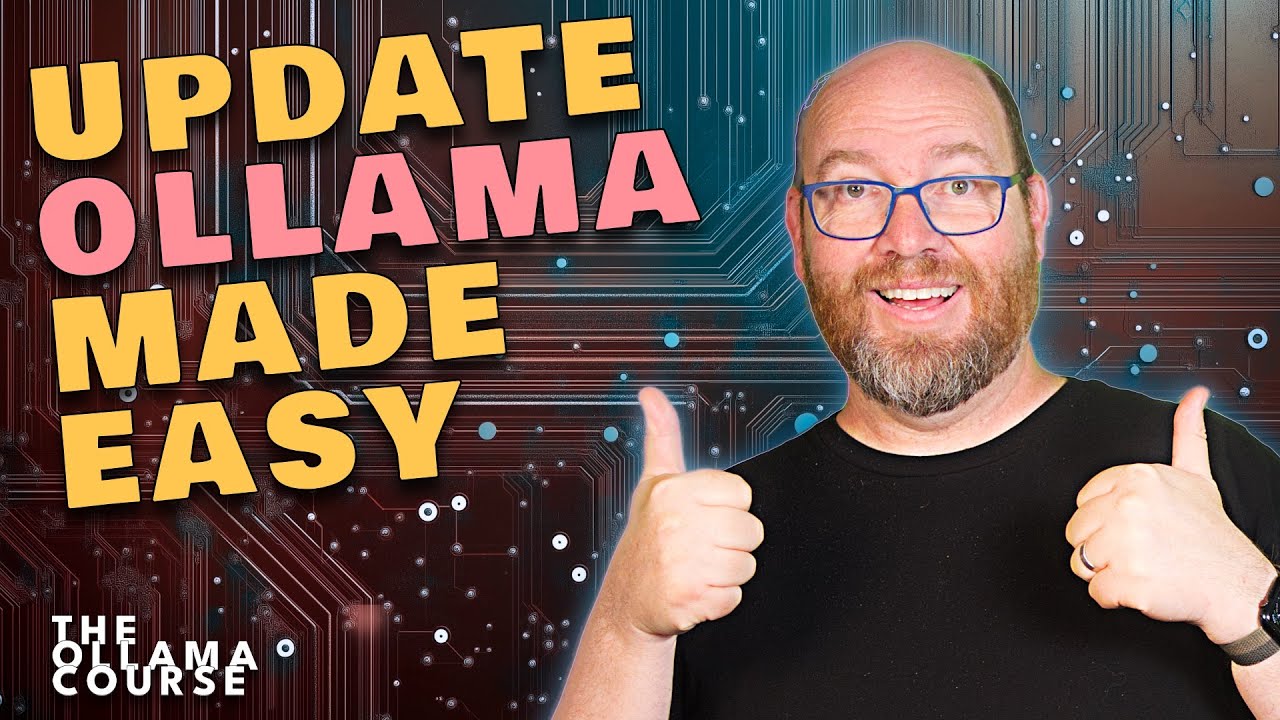The video provides a step-by-step guide on how to update the Ollama AI tool across various platforms, including Mac, Windows, Linux, and Docker, emphasizing the ease of the process. It explains how users can receive update notifications and offers instructions for installing pre-release or older versions, ensuring a straightforward updating experience for all users.
The video provides a comprehensive guide on how to update the Ollama AI tool across various platforms, including Mac, Windows, and Linux, as well as Docker users. The presenter, who was part of the Ollama team, emphasizes the ease of installation and updating the software compared to other tools. The video is part of a weekly series called the Ollama course, and it aims to address common questions from the community regarding the update process.
For Mac users, the recommended method to install Ollama is through the official installer found on the Ollama homepage. The presenter explains that when an update is available, users will see a notification on the menu bar icon. By clicking on the icon and selecting the restart option, Ollama will automatically update itself. For those interested in pre-release versions or older versions, the video guides viewers to the GitHub releases page, where they can download the desired version and follow the installation steps.
Windows users are advised to use the default installer from the Ollama homepage as well. Similar to Mac, Ollama will notify users of new updates, and they can update by clicking the taskbar icon and selecting the restart option. The video also explains how to install pre-release or older versions by navigating to the GitHub releases page, downloading the appropriate setup file, and running it after quitting any running instances of Ollama.
For Linux users, the update process differs slightly since there is no graphical interface. The presenter instructs users to rerun the install script using a specific command. If users want to install a different version, they can set the Ollama version environment variable before executing the script. This method ensures that users can easily update to the latest version or revert to a previous one.
Lastly, the video covers updating Ollama when using Docker. The process involves stopping the container, removing the image, pulling the latest version from Docker Hub, and then running the container again. The presenter also introduces a tool called Watchtower, which automates the update process for Docker containers, making it even easier for users to keep their installations up to date without manual intervention. Overall, the video aims to simplify the updating process for Ollama across all supported platforms.
